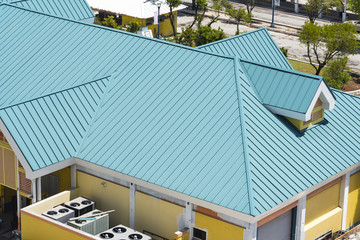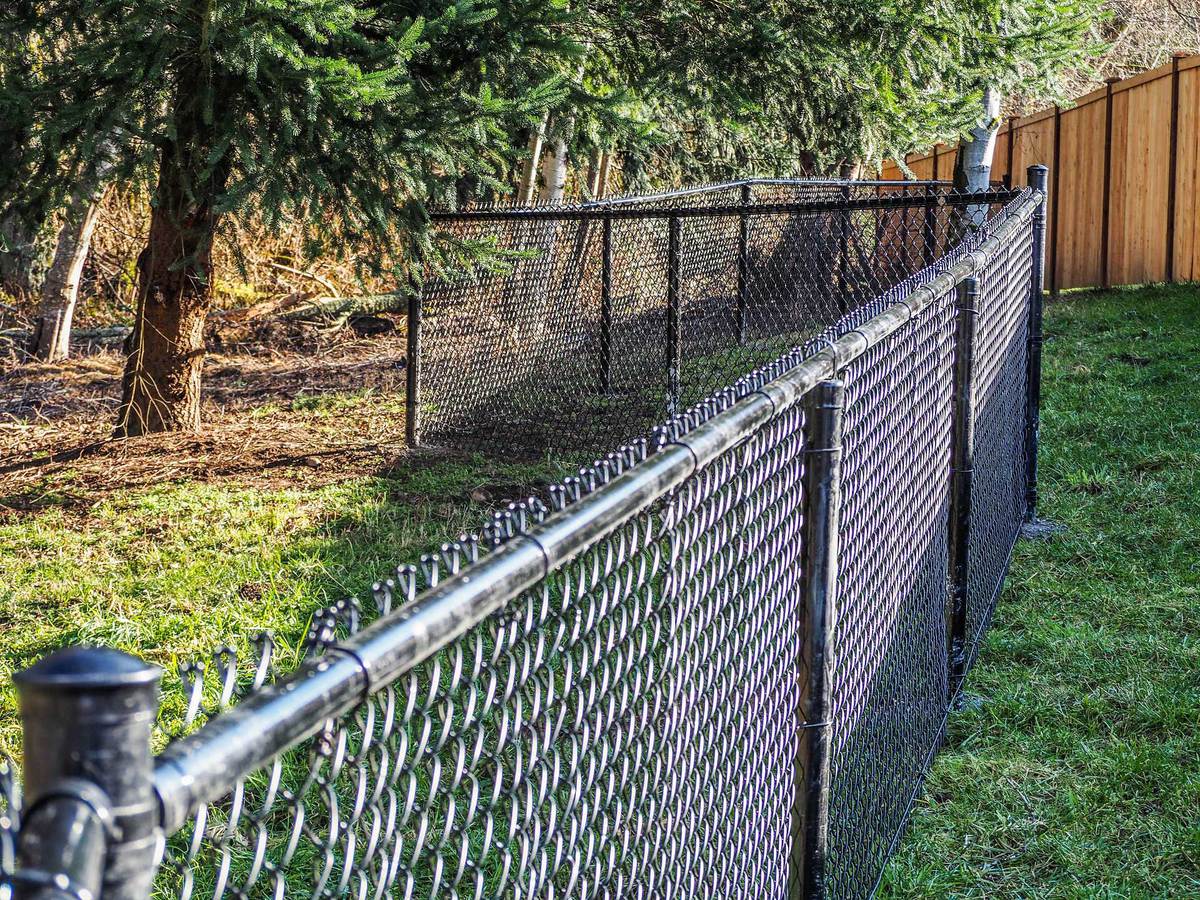Most homeowners don’t give their septic system a second thought until something goes wrong. Odors, sewage backups and soggy lawns are clear indications that it’s time for a visit to the tank.
Getting the job done right requires regular pumping, inspections and cleaning. There are products available that claim to prolong the period between pumping, but these additives can throw the primordial ecosystem out of balance. Click the Septic Tank Cleaning Perth to learn more.

The septic tank is a large underground container that collects and holds household wastes. It has a partition wall that separates sludge and scum layers. Solids that don’t dissolve in water settle at the bottom of the tank and over time accumulate until they reach a certain level, usually when it is about half full. Then, the septic tank needs to be pumped out. This is a job that requires specialized tools and equipment, and it’s not something you should try to do yourself unless you have professional experience.
You can help prevent the need for septic tank pumping by following septic system maintenance practices. These include only flushing human wastes and toilet paper and avoiding non-septic safe items that are advertised as flushable such as wipes, pet poop, and plant and tree roots. Also, keep trees and plants with deep roots away from the absorption field, and plant grass that is septic-safe.
A septic system that is not properly maintained will eventually fail to function, which can result in unpleasant smells around the home and sewage back up into drains and sinks. A failing septic system can also flood the drain field, which is called a leach field or an absorption field. This is a serious issue that should be repaired as soon as possible to avoid contamination.
The best way to prevent septic tank failure is to have routine septic tank inspections and cleanings. These services will catch any problems and repair them before they become a major problem. Then, you’ll be able to enjoy the peace of mind that comes from knowing your septic system is functioning as it should.
If you’re thinking about septic tank installation, or you are concerned that your current septic system may not be up to par, contact Fred A. Cook Jr., Inc today for a free estimate on service. Our skilled and experienced team is dedicated to providing top-notch septic system cleaning and inspection services that will exceed your expectations. We’ll work with you to schedule regular pumping and maintenance that will help you save money on plumbing bills and protect your property’s value.
Inspection
When it comes to septic system maintenance, inspection is where the rubber meets the road. Even the best-maintained septic systems can still develop issues that may require professional attention. Ignoring septic system problems amplifies the risk of costly repairs and can lead to serious health and environmental concerns. Fortunately, septic tank inspections help you identify problem areas early on so you can take corrective action before they turn into full-blown catastrophes.
When a service provider performs an inspection, they start by measuring the size of the sludge and scum layers. General guidelines indicate that if the top scum layer is within 12 inches of the preventative outlet and the bottom sludge layer is within six inches of the inlet, a tank cleaning is necessary.
Once the tanks have been emptied, service professionals check for leaks and cracks in the tank itself, as well as the drain field line and other components of your septic system. They can also identify other issues like a failed baffle, broken lids, or a malfunctioning pump that will require repair or replacement.
After a thorough visual inspection, septic tank cleaners use specialized equipment to thoroughly empty the remaining liquid waste in your septic system. They’ll rinse the interior of the tank, then use a truck equipped with a vacuum to remove all of the sludge and liquid waste.
Septic tank cleaners then re-fill the tank with fresh water to eliminate odor and restore proper septic system function. They’ll also rinse out the drain field lines to ensure that the wastewater is properly dispersing once again.
The frequency with which you need your septic tank cleaned depends on the number of people living in your home and your lifestyle. Vacation homes and year-round residents generally need their septic tanks pumped more often than families who only live in the house during the school year. The location of your septic tank is another important factor, with those in remote locations typically costing more to clean than those located closer to the house.
Cleaning
As waste from household drains enter septic tanks, it separates into three layers: solids (sludge) settle at the bottom of tanks, liquids (effluent) stay in the middle and fats, oils and grease (scum) float on top. Over time, the sludge layer becomes thicker and compacted, and the liquid layer can be reduced. Pumping removes the accumulated sludge and liquid waste from septic tanks with a vacuum-like hose, allowing room for more inbound wastewater to flow freely. Unlike pumping, cleaning takes the internal rejuvenation one step further, removing all sludge and liquid waste from your tank, including the scum layer and any solid obstructions that accumulated during the previous cleaning. This allows your system to reset, clearing out decades worth of accumulated waste and returning your tank to its full liquid capacity.
During cleaning, the septic tank is completely emptied using a large tanker truck equipped with specialized vacuum equipment. The technician inserts a long, vacuum-like hose into the manhole that leads to the tank and begins emptying it. The septic tank cleaning company may also stir the contents of your tank to break up the sludge and mix it with the liquids, making it easier for them to remove from your home’s sewer pipes.
Like pumping, cleaning is a vital part of your septic tank maintenance routine. Regular service eliminates the risk of clogged toilets, showers and sinks, and ensures that your system is operating at peak performance from tank to drain field.
It’s recommended that you have your septic tank cleaned every 2-3 years, with more frequent service for larger homes or aging systems. Your septic tank cleaning provider will recommend an appropriate service schedule based on the size of your home and its occupants, usage patterns that influence interior wastewater flows, environmental regulations and more.
When you have your septic tank cleaned, the sludge and other waste is collected in specially designed trucks and transported to certified waste management facilities for disposal according to strict environmental and regulatory guidelines. It’s important to note that trying to handle septic tank waste yourself can be dangerous. In addition to the health risks, improper waste disposal can result in costly system replacements and contaminated soil. Luckily, septic tank cleaning professionals are trained to safely and effectively clean and transport this hazardous waste.
Maintenance
When a septic tank is properly maintained, it requires pumping and cleaning services less frequently. This allows the system to reset and improves home health. Proper maintenance includes avoiding flushing non-degradable items, keeping up with regular professional inspections and scheduling pumping appointments, protecting the absorption field area, and practicing efficient water usage.
As wastewater enters the septic tank, it digests organic waste and separates floatable materials such as oils and grease from heavier solids that sink to the bottom and form sludge. Lighter material floats to the top as scum. Solids that sink are then discharged to the septic system’s drain field lines, where they slowly enter into soil for bacterial digestion and absorption. When these layers build up inside the septic tank, it can cause problems that affect system functionality and increase the frequency of cleanings.
Leaks, faulty baffles, and problems with the drain field can also increase the need for cleanings. A septic tank technician should check for these issues during routine inspections and repair them as needed. This can be done while the tank is being pumped, and your technician may also inspect the baffles while they’re at it. Baffles restrain and redirect the flow of incoming and outgoing wastewater, so a broken baffle can lead to clogged inlet and outlet pipes.
Performing routine septic tank cleaning and inspections can help prevent expensive repairs and maintain the value of your home. It’s important to understand that the cost of a septic tank replacement can range from $5,000 to $15,000, so investing in frequent cleanings and inspections is well worth the money.
A properly functioning septic tank system is an asset for your property and can increase the resale value of your house. Keep it running smoothly with regular pumping and cleaning, inspections, and proper disposal of non-degradable items like baby wipes, tampons, condoms, cigarette butts, coffee grounds, paints and thinners, oily waste, and medicines. Invest in a septic system that you can count on for years to come! Contact Bowen Septic today to learn more about how we can assist with your septic tank needs.



 . They may also add features such as ridge vents and gutter systems.
. They may also add features such as ridge vents and gutter systems.

